Sengaku-ji and the 47 Ronin
On a wintry night in 1703, the 47 loyal retainers of Lord Asano fought their way into the home of Lord Kira and struck him down. With the decapitated head of their enemy in tow, they marched slowly back through the streets of Edo, headed for Shinagawa and the Sengaku-ji temple, where they would lay Kira’s head at the foot of Lord Asano’s grave. Their mission of revenge complete, the ronin would soon take their own lives.

The true story of the 47 Ronin, or the Chōshingura as it’s known in Japan, has become the country’s most beloved legend. Everyone likes a good tale of honor and revenge, and this is as good as they get.
Lord Asano Naganori had been asked by the Shogun to receive emissaries from Kyoto. It was a delicate task, and Asano first had to be trained in proper court etiquette by Edo official Kira Yoshinaka. A corrupt and arrogant man, Kira despised having to deal with Asano, whom he considered a country bumpkin, and constantly berated and insulted him. Asano bore the abuse as long as possible, but eventually became so enraged that he snapped, striking a glancing blow with his katana across the back of Kira’s neck. Unsheathing one’s sword in Edo Castle was absolutely forbidden, and punishable by death. Honorable Asano recognized his crime and committed the ritualized form of suicide known as seppuku.
The 47 samurai who had been under the charge of Asano now became ronin, meaning “masterless samurai,” and they swore to take revenge on the man who had brought about the death of their lord. On January 30th, 1703, the ronin stole through Edo and fought their way into Kira’s house. They killed sixteen guards and, after finding Kira hiding in the courtyard, hacked off his head with a dagger.
As they returned to Shinagawa with Kira’s head, the ronin were hailed by the townspeople on the streets as heroes. Kira had been a reviled figure, and the story of Lord Asano’s death was familiar to most of Edo at the time. On arriving at the Sengaku-ji, they washed Kira’s head in a fountain and laid it on Asano’s grave. The ronin fully understood what the punishment would be for the premeditated murder of a court official and, like their master, met their fate honorably by committing seppuku. Also like their master, they were buried in the Sengaku-ji.
Today, you can visit the graves of both Lord Asano and his loyal samurai in a small cemetery on the temple grounds. The Sengaku-ji itself is a lovely place of worship, and its central role in one of Japan’s most historic tales makes it even more special. Standing before the tombstones of the ronin, all of them equal in size and shape, it’s nearly impossible not to feel moved.
The tale of the 47 Ronin is a popular subject of Kabuki theater, and has been brought to film a number of times, most recently in 2013, with Keanu Reeves starring as a fictional half-English ronin named “Kai.” This rendition was savaged by critics, and the best film treatment of the story remains Kenji Mizoguchi’s 1941 version.
Location of the Sengaku-ji on our Map
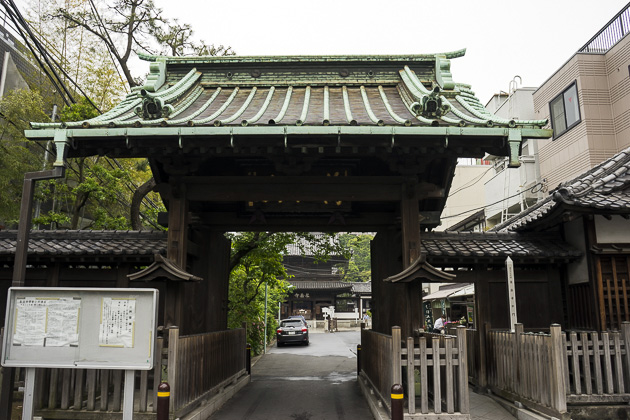
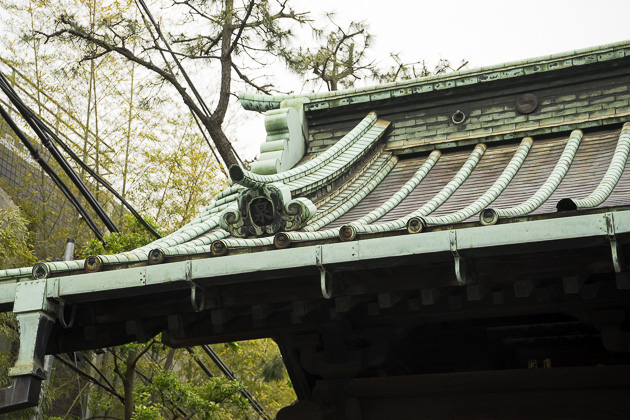
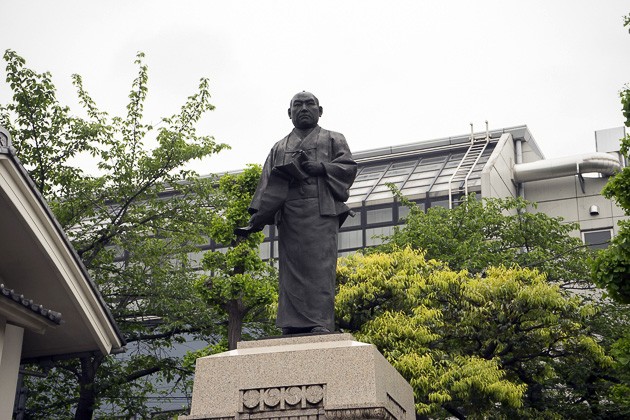
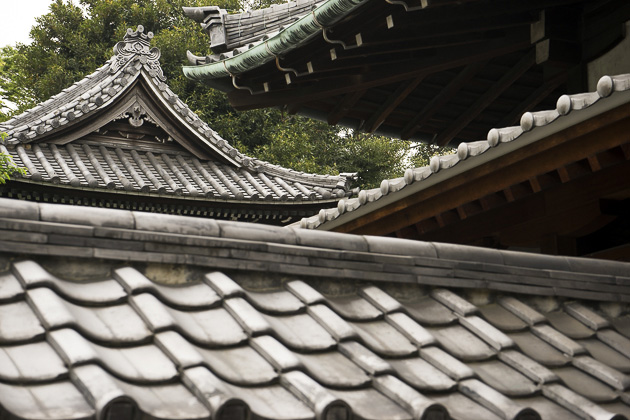
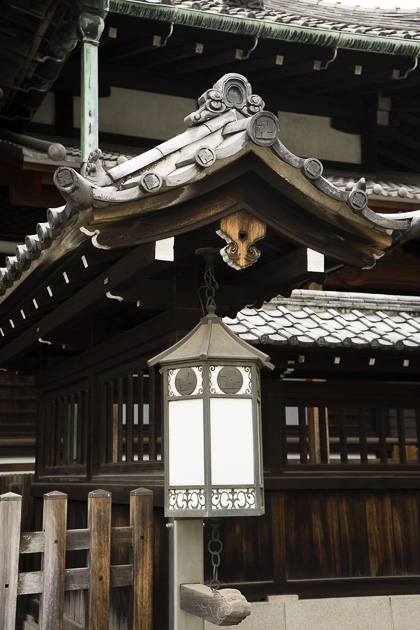
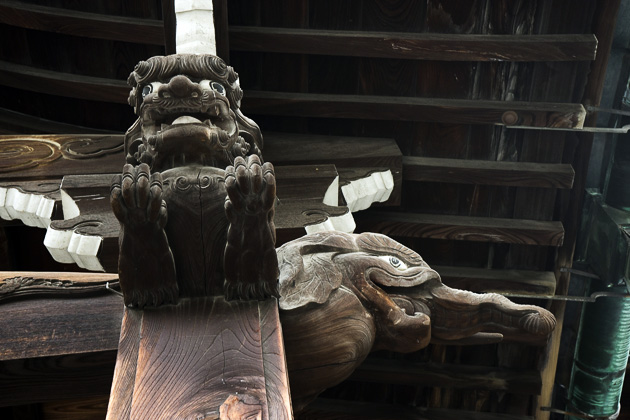
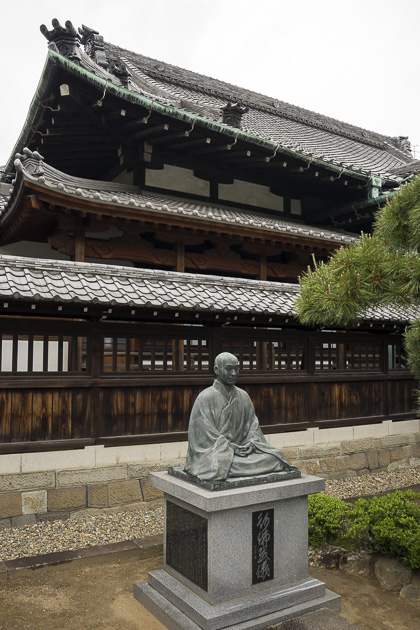
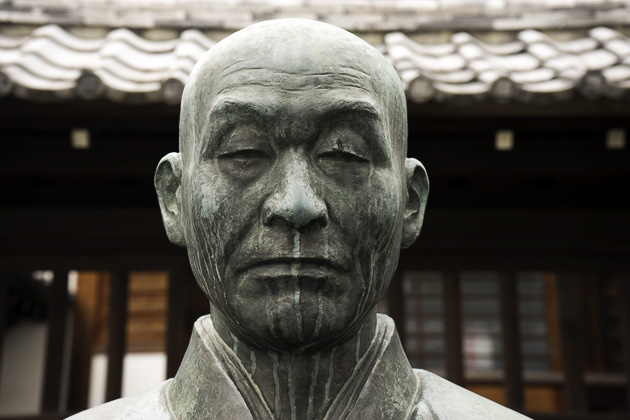

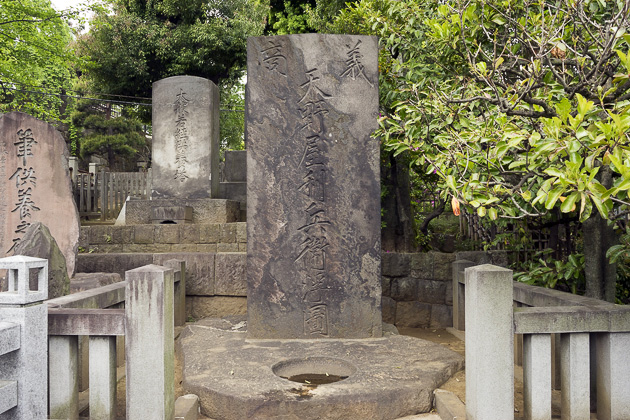
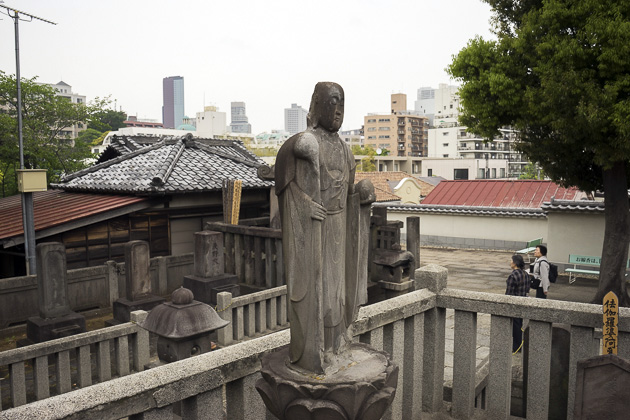
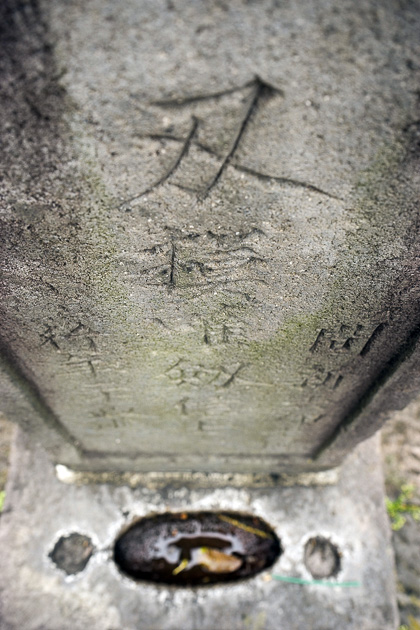
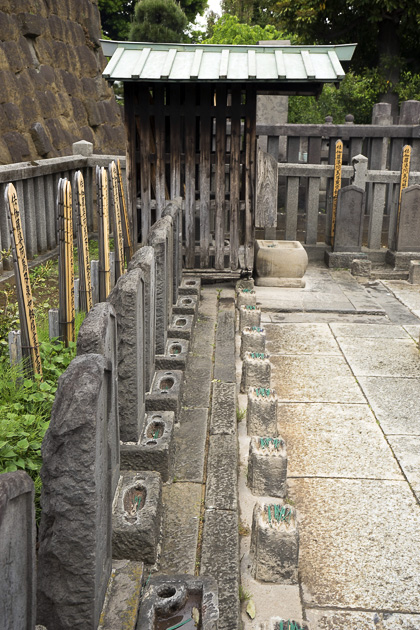
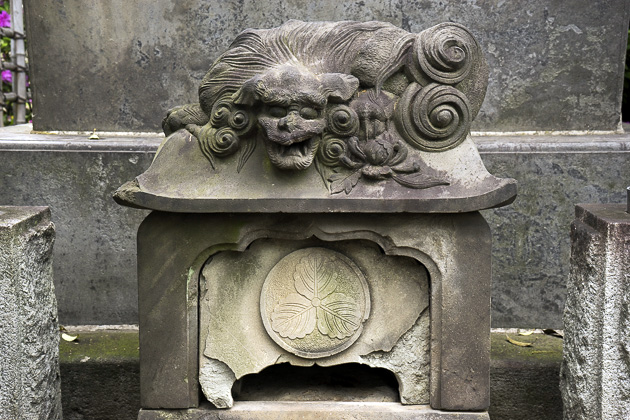
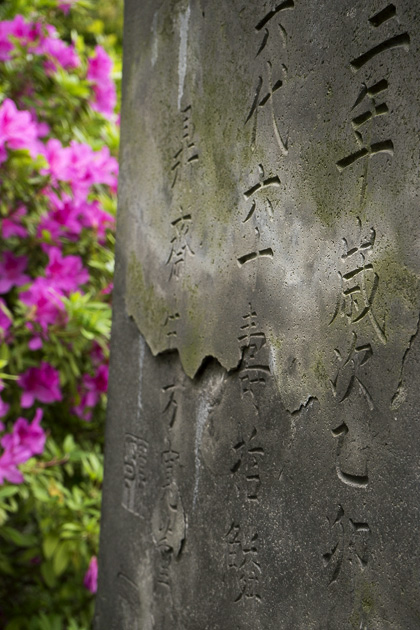
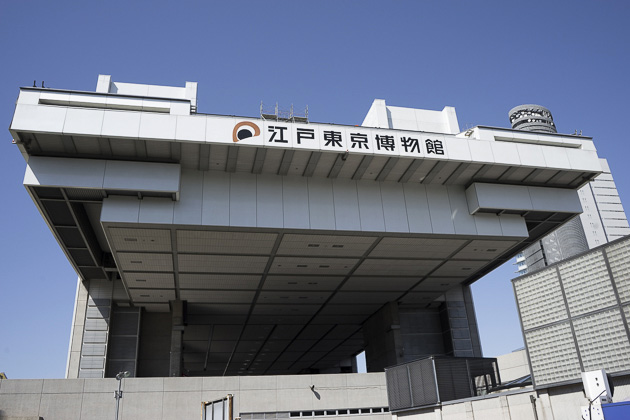
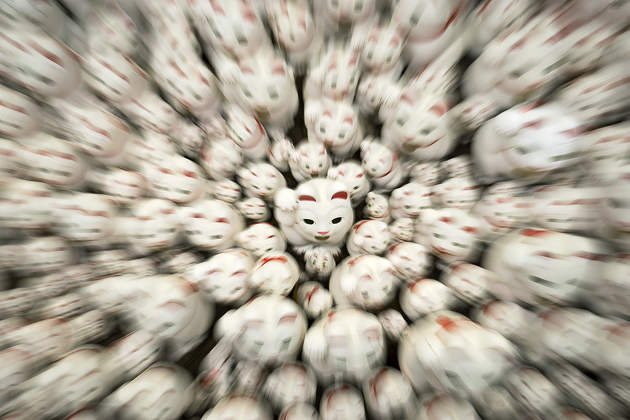
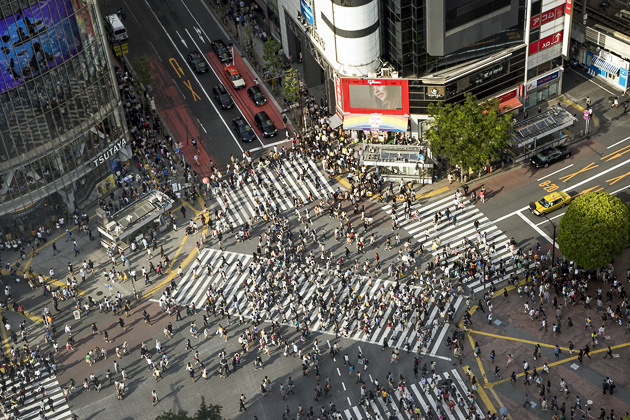

Pingback: Happo-en: The Garden of Eight Views | For 91 Days in Tokyo – Travel Blog